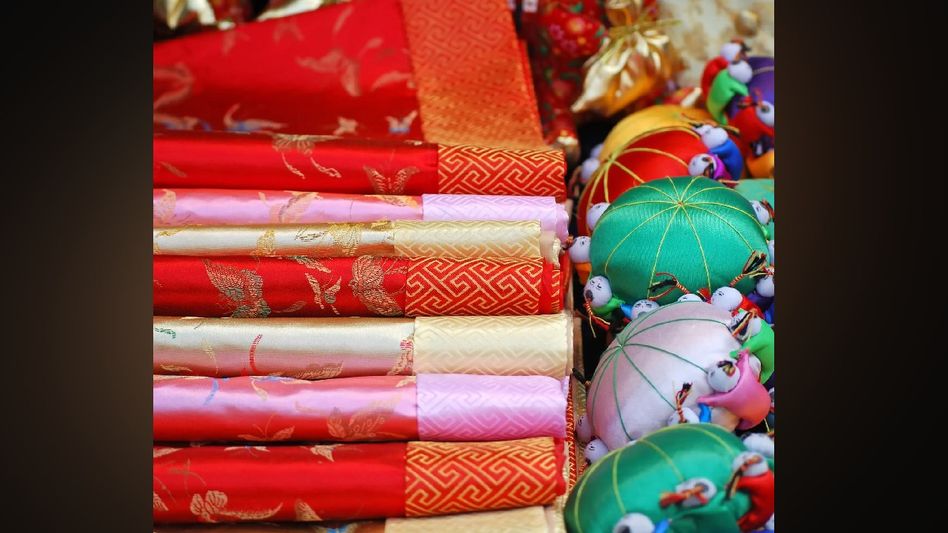Safeguarding Heirlooms: A Guide to Protecting Your Precious Sarees from Pestilence
Sarees, those exquisite garments woven with tradition and love, hold a special place in many hearts. Passed down through generations, they become more than just fabric; they become cherished heirlooms. But these delicate treasures are susceptible to a silent enemy – pests

Sarees, those exquisite garments woven with tradition and love, hold a special place in many hearts. Passed down through generations, they become more than just fabric; they become cherished heirlooms. But these delicate treasures are susceptible to a silent enemy – pests. Moths, silverfish, and even tiny beetles can wreak havoc on your beloved sarees, leaving behind holes and tears that can be heartbreaking. Fear not! With a proactive approach and the right knowledge, you can safeguard your precious sarees for years to come.
Creating an Unwelcoming Environment: Deterrence is Key
The first line of defense in protecting your sarees is creating an environment that discourages pests from taking residence. Here's how:
Storage Matters: Choose breathable, airtight containers for storing your sarees. Cotton or muslin bags are ideal, while plastic containers can trap moisture and encourage mold growth.
Location, Location, Location: Store your sarees in a cool, dry place away from direct sunlight. Attics, basements, and damp corners are prime breeding grounds for pests. Opt for well-ventilated shelves or cabinets in a climate-controlled room.
The Power of Herbs and Spices: Nature offers a wealth of pest-repellent options. Place sachets filled with dried neem leaves, cloves, lavender flowers, or rosemary sprigs amongst your sarees. These natural deterrents will keep unwanted visitors at bay.
Regular Cleaning and Inspection: Vigilance is Your Ally
Regular cleaning and inspection are vital for early detection and prevention of pest infestations.
Sun it Out: On a bright, dry day, take your sarees out for a few hours of sunshine. Sunlight not only freshens the fabric but also discourages moths and other pests.
Gentle Cleaning: For most sarees, dry cleaning is the safest option. However, for those that can be hand-washed, use a mild detergent in cold water. Always check the care label for specific washing instructions.
The Keen Eye: During cleaning or airing, inspect your sarees thoroughly for any signs of damage, such as tiny holes, webbing, or frass (insect droppings). Early detection allows you to take swift action to prevent further damage.
Natural Remedies: Fighting Back When Needed
If you discover a pest infestation, don't panic! Here are some natural remedies to consider:
Freezing: Place the affected saree in a sealed plastic bag and store it in the freezer for a few days. The cold temperature will kill any moth eggs or larvae present.
Borax Bath: For heavily infested sarees, a borax bath can be effective. Dissolve a tablespoon of borax in a gallon of warm water. Soak the saree for a few hours, then rinse thoroughly and dry completely. Caution: Always wear gloves when handling borax, and keep it out of reach of children and pets.
Professional Help: When in Doubt, Seek Expertise
For delicate sarees or severe infestations, consulting a professional textile conservator is recommended. They have the expertise and specialized techniques to clean and restore your sarees safely and effectively.
Copyright©2025 Living Media India Limited. For reprint rights: Syndications Today









